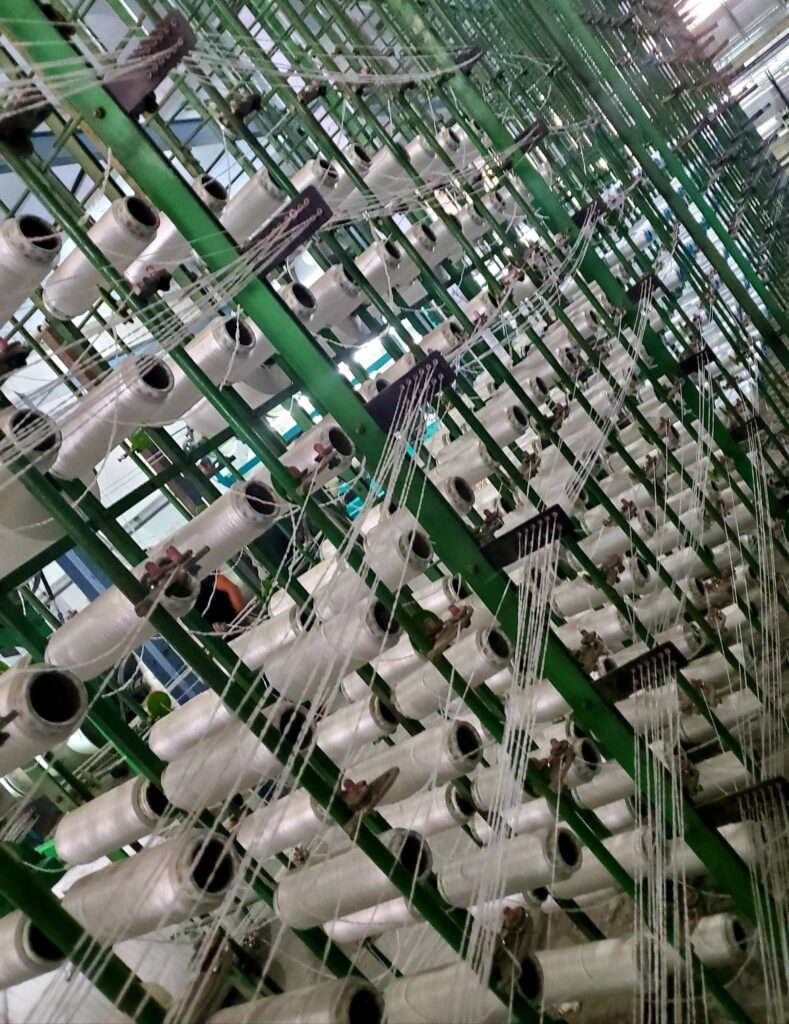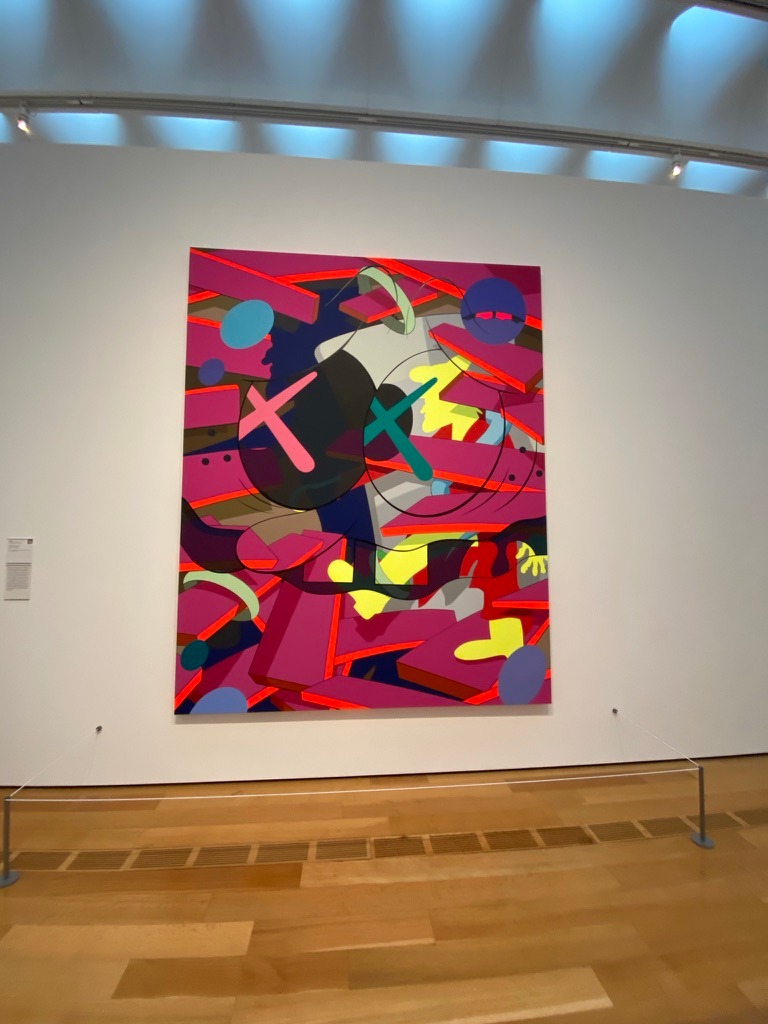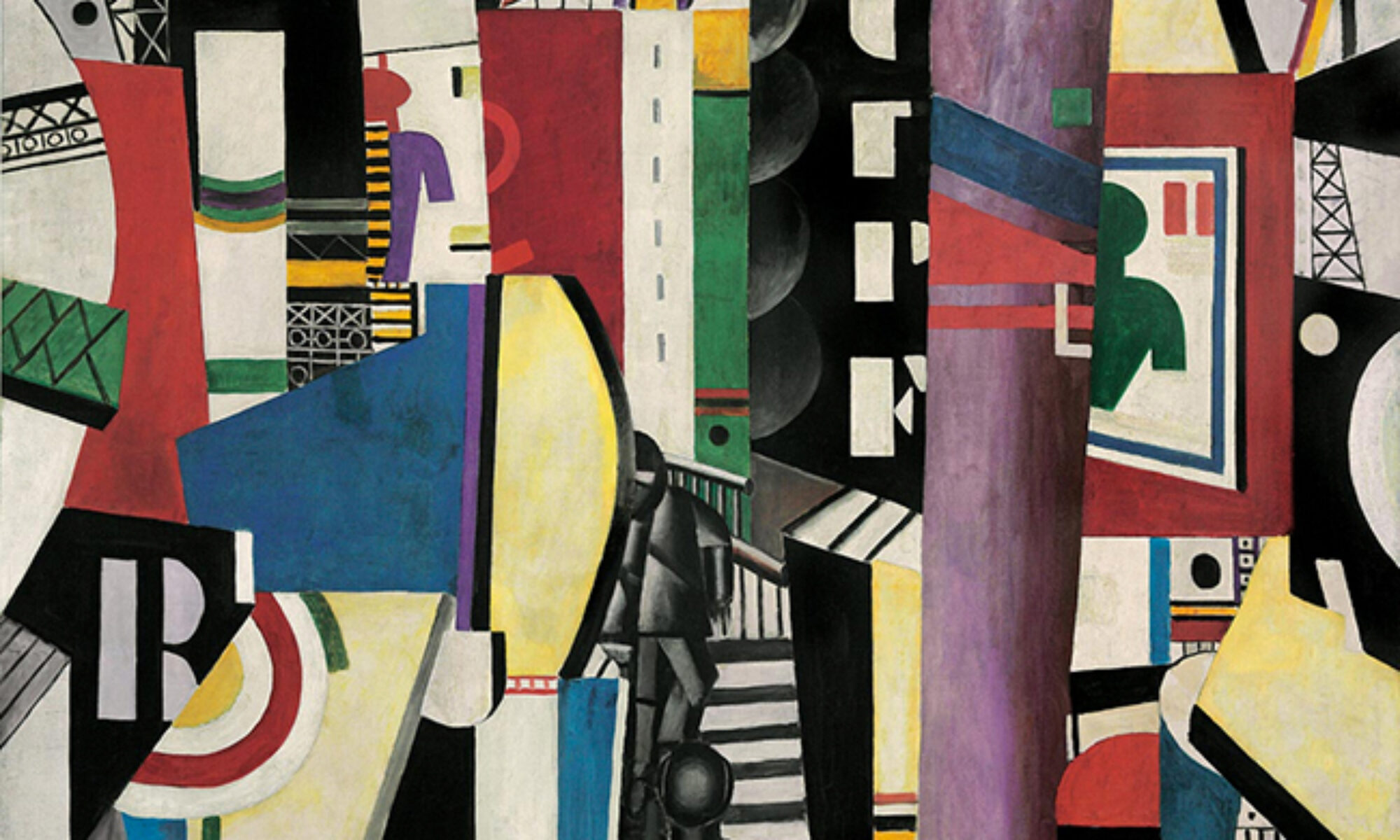New Delhi, the capital of the subcontinent of India is one of the most populated and busiest cities in the world. It is also one of the oldest cities in the world, having seen hundreds of empires and thousands of rulers. The geographical location of the city holds great significance in the Hindu mythology as well, as the capital of the Pandeva empire in the Mahabharat. Recently it was also the capital of the Mughal empire in India for several decades. This vast history has led to New Delhi being home to hundreds of subcultures. Every 10 kilometers in New Delhi, one can feel the change in ambience. The tastes, smells, sounds and sights change more frequently than in any other city in the world.

Having such a rich history, the city of Delhi has always been a hub of great art. The art pieces that have come out of the city have been representative of various cultures, religions and ways of thought. The city also holds a great architectural significance, having being home to various kingdoms. ‘Qutub Minar’, ‘Rashtrapati Bhavan’ and ‘ISKCON Temple’ are some of the most well constructed buildings in the world. Having been the capital of various empires in the past, New Delhi has also been a big center of poetry and literature. It is served as both a birth place and a burial ground for a lot of famous poets and artists.
New Delhi also happens to be the place of my residence. Although the most part of my schooling was done in an all boys boarding school, about 400 kilometers away from the city, I was back home enough to have a very close look at the city, and gain what I believe to be a very deep understanding of it. I was fortunate enough to have the resources to explore the city further than most people have a chance to. This made me realize how great of a city it is, and how proud one should be to belong from there. But somehow that isn’t the case. What I see is a generation of people that are still under the colonial mindset of western supremacy. The language, art and literature are moving in a direction that is basically nothing but an imitation of western works. This has led to the lifestyle of people changing as well, to imitate the western ways of life. While there is nothing wrong in learning and imitating the positive characteristics of another country, I believe that the replacement of one’s own culture and values with another’s isn’t the most suitable way of life.
The British rule in India marked the darkest phase in its history. Prior to the British intervention, India was one of the most prosperous countries in the world. It was also a major business and trading hub. The art and the literature were representative of the roots of the people living there. But the British showed no regard for any of that. They destroyed the art, looted the wealth and plundered the resources, while imposing tyranny on the people. They tried to kill the culture that was existent much before their own existence and replace it with their own ideologies and culture, merely to assert dominance and superiority. They manipulated the Indian history in their own way, which was then taught to the upcoming generations. They brainwashed Indians into thinking lowly of their own culture, and regard the western culture as being superior to theirs. In all of this, New Delhi being the capital of the country at that time took the major cultural hit. Art, literature, poetry, religious textbooks and any other historical evidence were completely wiped out and either destroyed or taken back to Britain depending on their market monetary values. This was later followed by the British bringing in some new developments in technology such as the railways and the telegraph to India, which was primarily for their own use in warfare and further destruction. But they somehow were able to market it to the Indians as them introducing ‘culture’ and ‘sophistication’ in their country, while destroying the Indian manufacturing systems. The India artisans who manufactured various daily use goods were soon put out of business.

But there is more to my argument than this. It wasn’t just the British who were at fault in the destruction of Indian values and culture. A huge number of Indian people, who were in the position to do so, actually separated themselves from the others by adopting the British ways of life. They would renounce the traditions that had been prevalent in their families for centuries and ‘act’ western. And my belief is that the reason for that was the fact that acting western was the ‘cool’ thing of that time. Since these people belonged to the economically upper class of the society of that time, their lifestyle ended up becoming the standard goal for the masses. Again, New Delhi being the capital, these things tended to always start in New Delhi.
Unfortunately, some of the people related with the freedom movement of India belonged to the set of people that I recently mentioned. While most freedom fighters were truly patriotic and wanted to preserve the culture of India and see it become free, the ones that represented the Indians in the talks with the British were among the upper-class, ‘westernized’ Indians. As a result, after the freedom of India the major leadership roles were then passed by the British to these Indians, rather than the truly patriotic ones, who actually took to the streets for independence while these ‘westernized’ Indians sat in their houses. One such person was Jawaharlal Nehru, who served as the first Prime Minister of independent India. Since this position wasn’t voted on, people believe that there were much more deserving candidates for the position. This guy was basically a British person in Indian skin. His party, the Congress, which then held power in the center until very recently, failed to bring back true patriotism and devotion to their culture among Indians. Rather, it drifted them further apart, and led them up to a point of now almost totally abandoning any Indian values.
For me modernism can have different meanings in different contexts. I believe that modernism is a way, not a destination. It is my strong belief that in the context of New Delhi as a city, the meaning of modernism is bringing back the realization of the importance of their own culture and history in the minds of its inhabitants. Although some of the people involved with the independence movement of India realized this and since then there have been some actions in the fields of art and literature regarding this issue, it has been largely unaddressed. But there have been definitely people who have attempted to establish a process of unlearning and relearning, some of which have been talked about here.
The National Museum in New Delhi (http://www.nationalmuseumindia.gov.in/en) besides being a major tourist attraction also serves as an Institute of art and research which is centered around Indian culture and history. It has thousands of art pieces and other materials of cultural significance would serve as a means to preserve the rich heritage of India. The vision of the museum, as stated officially is:
• To collect art objects of Historical, Cultural and Artistic significance for the purpose of display, protection, preservation and interpretation (research).
• To disseminate knowledge about the significance of the objects in respect of history, culture and artistic excellence and achievements.
• To serve as cultural center for enjoyment and interaction of the people in artistic and cultural activity.
• To serve as epitome of national identity.

Spirituality has been a big part of the Indian culture since basically forever. Spirituality isn’t about any particular religion. Rather, it is about a way of life. Even the West has acknowledged the ways of spirituality from the Indian culture. Meditation, yoga, and Ayurveda are among the innumerable gifts that India has given to the world. While the rest of the world implements these means to attain a better life, one can hardly see any of these practices prevailing in India itself. Reconnecting people with spirituality can be a great way to preserve the Indian culture.
The Isha foundation (https://isha.sadhguru.org/us/en ), founded by a Yogi named Sadhguru is that the front of the spiritual movement in India. Their centers and temples throughout New Delhi offer various yoga and meditation programs, both introductory and advanced. Despite what the common belief says, these things are not as much religious or pertaining to a particular religion, as they are pertaining to the nation as a whole. To me, yoga is an art as well, which leads to a more wholesome life. Sadhguru is an activist who has been able to reach millions of people through his media presence, and inspire them to rediscover their roots.
Music has always been a big part of Indian culture. India has hundreds of forms of music, sung in about 1600 languages, composed using several indigenous instruments. Science today shows that Indian classical music has been very scientifically constructed, and needs a mathematical mindset to even begin its practice.

Spic Macay (https://spicmacay.org/) is an organization in New Delhi that promotes the Indian heritage and culture through it demonstrations of music and drama, primarily focusing on classical music, using it as a means to tell Indian folk tales and moral stories.
“Newton’s third law of motion states that for every action, there is an equal and opposite reaction. Conversely, there is the law of “nishkama karma” it says that for every action in which there is no embedded expectation, there is a reaction that is far greater than the action.” – Kiran Seth, member of the Spic Macay.
Both the political and the private organizations in India are now realizing the importance of protecting The Indian heritage and things are certainly moving in the right direction. As the mindset of the people begins to change, India will definitely reach greater heights and attain its true potential.


